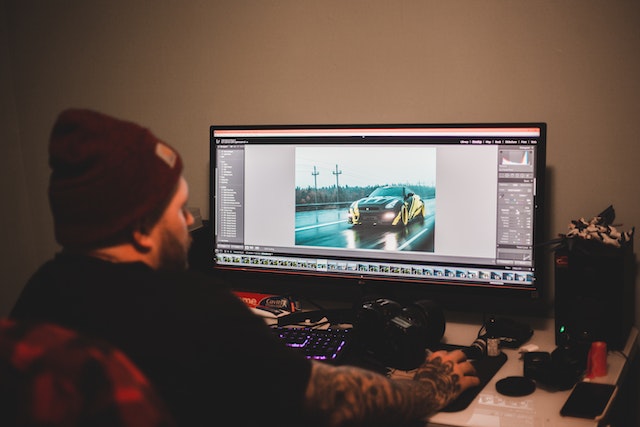
Factors to Consider When Making Your Videos HD and 4K
If you’re shooting a screen recorder video and want to capture clear, detailed images for your video, consider recording the footage in HD. This quality is less detailed than 4K, but it is sufficient for most purposes. For example, HD will ensure that viewers can read the text and understand visual instructions if you’re demonstrating a new piece of software. And while HD isn’t as high-resolution as 4K, it will still allow you to do some excellent editing techniques that aren’t possible with HD footage. You can check out https://www.topazlabs.com/learn/how-to-make-videos-hd to know to learn more about making videos HD.
1080p is faster than 4K
You can shoot and edit videos in both 1080p and 4K resolutions, but it is recommended that you start with 1080p to get the most out of your footage. You can easily upscale the footage if you’re a beginner, but it is more difficult to edit in 4K. In addition, 1080p is faster, especially if you’re making daily vlogs or are a beginner.
1080p is also faster to upload to the Internet. This is especially important if you live in an area with slow Internet. This resolution will also be faster on social media platforms where compression is high. Furthermore, it is the most common resolution today, so nearly every video hosting site supports it. It is also the most popular format for viewing digital media.
The reason that 4K is better is that it has a higher pixel count. 4K has 3840 horizontal pixels, while 1080 pixels are 1080 pixels high. This means that your video will be much more detailed and have a higher resolution.
Editing techniques that would be impossible with HD footage
HD footage is not as high-definition as standard-definition video. Editors often need to pay more attention to this fact. You can use many editing techniques to make HD footage look like the standard definition. One such technique is parallel editing. You can use two clips side by side to create a comic effect. Another method is contrasting audio and video.
These techniques are more effective and will reflect your creative side. For example, a basic cut combines the last frame of a clip with the beginning frame of another clip. This cuts the clips’ content but doesn’t invoke any emotions. You can use different editing techniques to create an emotional impact in your video.
Cost
The cost of recording in 4K can quickly add up. 4K video footage requires four times as much storage space as full HD, which means you’ll need a lot of memory. One minute of video can take up to a gigabyte of storage. That’s why it’s crucial to choose a memory card that can handle 4K. To capture the full potential of 4K, you’ll need a card with a speed of at least 30MB per second. Fortunately, this speed is comparable to the U3 rating of SD cards.
Another reason to consider recording in 4K is the quality. 4K footage will be more detailed and crisp, even when zoomed in. This means it’s possible to try out different zoom effects, and many videographers record in 4K and then downscale the footage to 1080p for post-production.
Recording in 4K requires more processing power than 1080p. In addition to using more power from the computer, 4K filming generates considerable heat inside the camera. A 4K video camera can record up to 30 frames per second, so it’s a better choice for slow-motion videos.
Budget considerations
The cost of shooting in 4K can be a significant factor in determining your overall production budget. However, it’s essential to understand that the higher-end tools and cameras you need to achieve the highest possible quality will increase your production costs. These include tools like a drone or small camera crane to obtain aerial shots, dolly shots, and smooth tracking footage. In addition, clients often want to view 4K footage on a bigger screen.
The additional pixels provided by 4K footage allow you to crop, tilt, pan, and zoom a subject without losing quality. With 4K, you can achieve an image resolution four times larger than a 1080p image, making it perfect for printing portraits and advertising. In addition, 4K footage can be exported to a standard 1080p format for computers and televisions.
When shooting in 4K, you should remember that a mirrorless system camera will make more sense for general users. A mirrorless camera will save space and be less expensive. It is also easier to transport and more portable than a DSLR camera.


















